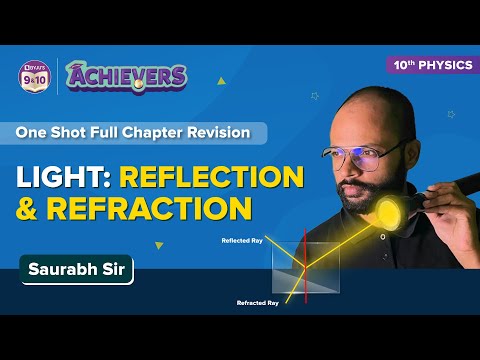Spherical mirrors are the mirrors having curved surfaces that are painted on one of their sides. Spherical mirrors in which inward surfaces are painted are known as convex mirrors while the mirrors in which outward surfaces are painted are known as concave mirrors.

Concave mirrors are also known as converging mirrors since the rays converge after falling on the concave mirror while, the convex mirrors are known as diverging mirrors as the rays diverge after falling on the convex mirror.
Let’s learn about formula and magnification produced by spherical mirrors.
Spherical Mirror Formula

The Mirror formula explains how object distance (u) and image distance (v) are related to the focal length of a spherical mirror. Object distance is the distance of the object from the pole of the mirror; denoted by the letter u. Image distance is the distance of the image from the pole of the mirror and it is denoted by the letter v. And focal length is the distance of the principal focus from the pole of the mirror. The expression which gives the relation between these three quantities is called the mirror formula which is given as:
Mirror formula is applicable for all spherical mirrors for every position of the object.
Magnification by Spherical Mirrors
Magnification is the increase in the image size produced by spherical mirrors with respect to the object size. It is the ratio of the height of the image to the height of the object and is denoted as m. The magnification, m produced by a spherical mirror can be expressed as:
Here, h is the height of image and h’ is the height of the object.
Magnification is also equal to the ratio of image distance to the object distance.
As the object is always above the principal axis, the height of the object is always positive. But a sign for image height may vary according to the type of image formed. The height of virtual images should be taken positive while the height of real images should be taken negatively.
Uses of Magnification
- A precision magnifier serves the role of a simple magnifier but holds multiple elements to erase aberrations and yield a sharper image.
- A water droplet acts as a simple magnifier that magnifies the object behind it. The water forms spherical droplets due to the influence of surface tension. When the droplet is in contact with an object, a spherical shape is distorted but capable of forming an image.
Points to remember:
- The positive magnitude of magnification indicates virtual and erect image.
- The negative magnitude of magnification indicates real and inverted image.
Watch the video and learn about longitudinal magnification

Frequently Asked Questions – FAQs
What is a spherical mirror?
What are the two types of spherical mirrors?
What is meant by the centre of curvature?
Define the principal axis of a mirror.
What are the uses of magnification?
Watch the videos and revise all the important concepts in the chapter Light Reflection and Refraction Class 10
 |
 |
 |
Stay tuned with BYJU’S to learn more about spherical mirrors, surface tension and much more.

This is a very helpful site for students (and even teachers)